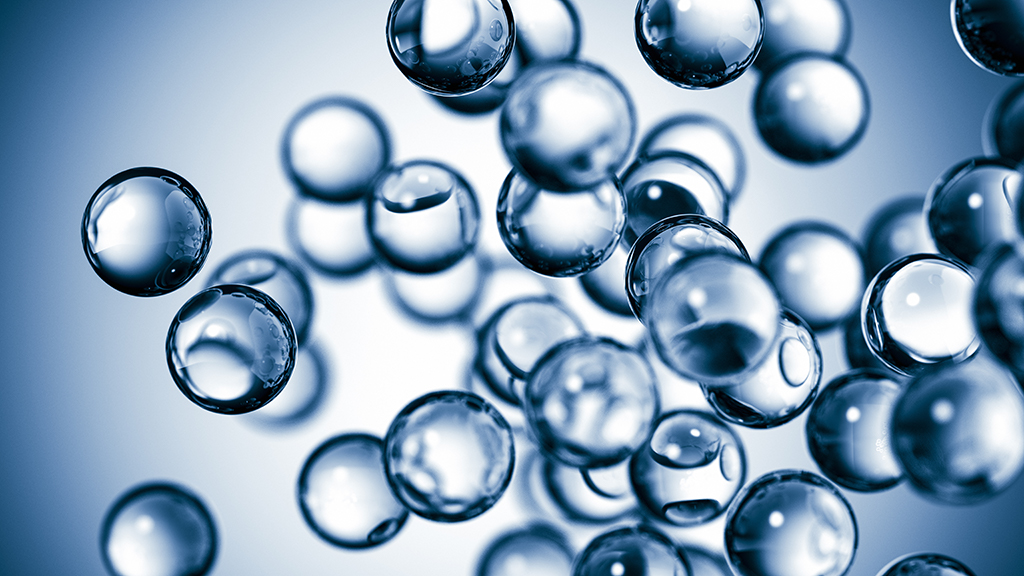
We recently asked Mo-Sci owner and CEO, Ted Day, to share his perspectives on the history and future developments of bioactive glass. His responses are below. Thanks for sharing your insights, Ted!
What exactly is bioactive glass?
TD: Bioactive glass is a unique material that allows tissue to react and bond to the surface. Over time the glass will go away and only living tissue will be left in its place.
Can you give a brief history of the development of bioactive glass? How did Mo-Sci become involved?
TD: The original bioactive glass was developed by Dr. Larry Hench and is commonly called 45S5. He was working with the physicians during the Vietnam War to develop a material that could replace bone and other types of tissue in severely wounded soldiers. Dr. Hench formed U.S. Bioglass to provide products using this type of glass. Mo-Sci was selected to manufacture the glass. Since then, Mo-Sci has expanded its line of bioactive glass products extensively and now produces the majority of bioactive glass used in most medical devices on the market today.
What are some common applications for bioactive glass?
TD: There are many applications and the list is growing as we formulate new types of bioactive glass. Some of the applications include bone grafting, wound repair, toothpaste, acne, haemostatic dressings, scar revision, cartilage repair and nerve healing.
Why is bioactive glass so effective in bone and soft tissue regeneration?
TD: It provides many of the necessary features that the body needs to repair itself. It is antimicrobial and lowers the bioburden in the treated area while forming a scaffold that the tissue can grow on and through (porosity). As the glass dissolves, it provides micronutrients that can act as signaling pathways causing the body to respond by regulating the production of certain proteins (growth factors). All of this provides the body the various features that it needs to heal itself.
Are there any new bioactive glass materials in development?
TD: Yes. The newest types of bioactive glasses are the borate-based ones. These glasses contain no silica in them like the original ones. The borate-based glasses are faster reacting (3-5X) which provides a shorter conversion time to biological minerals. This can shorten the overall treatment time. They also tend to be more antimicrobial and appear to have strong anti-biofilm properties as well. This type of glass is the first to be commercially approved by the FDA for use in wound care (soft tissue) applications.
How successful has Mo-Sci been in the bioactive glass market? Why do you think that is?
TD: Mo-Sci’s been very successful in this market. This is based on the number of customers that we produce bioactive glass for and the number of products that it’s used in. Mo-Sci not only provides specialty glass services, meaning that we supply the glass, but also in the actual product development. Few, if any other specialty glass manufactures have the biological/medical device experience that Mo-Sci does. This provides us with the unique ability to address both the glass science aspects of a product as well as its intended biological function that the glass is provided in based on its application.
Are there any recent success stories that you are particularly proud of?
TD: I think the most beneficial application we’ve seen so far is the borate-based glass used in wound care. While the actual composition was developed at Missouri University of Science and Technology, Mo-Sci was willing to license the technology and take a new material that everyone in the industry said would never get FDA approved and we did just that in 5 months. Now people (and animals) all over the world are being treated with these glasses and getting great results.
How do you see bioactive glass manufacturing and applications developing in the future?
TD: We still think that there is a lot of room for advancement of bioactive glass technology. Mo-Sci’s constantly developing new products for existing applications that are differentiated from existing products. Currently we’re busy scaling our operations to be able to supply the larger quantities of bioactive glasses in higher demand now that newer markets are adopting this technology.
How will Mo-Sci be a part of that future?
TD: Mo-Sci intends to be on the cutting edge of the technology by continuously innovating new product formats from new and existing glass compositions to better serve the medical industry. Mo-Sci is planning new studies to look at other applications and the potential for using these products in new markets. The age of bioactive glass is just beginning and we want to make sure that we continue to be the “go to place” meeting the industries needs.
 Ted Day, RPh, joined Mo-Sci Corporation in 1998 as Executive Vice President. He was promoted to President in 2005, and in 2007 he became the sole owner of the company. Founded in 1984 by his father, Dr. Delbert Day, Mo-Sci has been internationally recognized for its contributions to innovative glass development.
Ted Day, RPh, joined Mo-Sci Corporation in 1998 as Executive Vice President. He was promoted to President in 2005, and in 2007 he became the sole owner of the company. Founded in 1984 by his father, Dr. Delbert Day, Mo-Sci has been internationally recognized for its contributions to innovative glass development.

